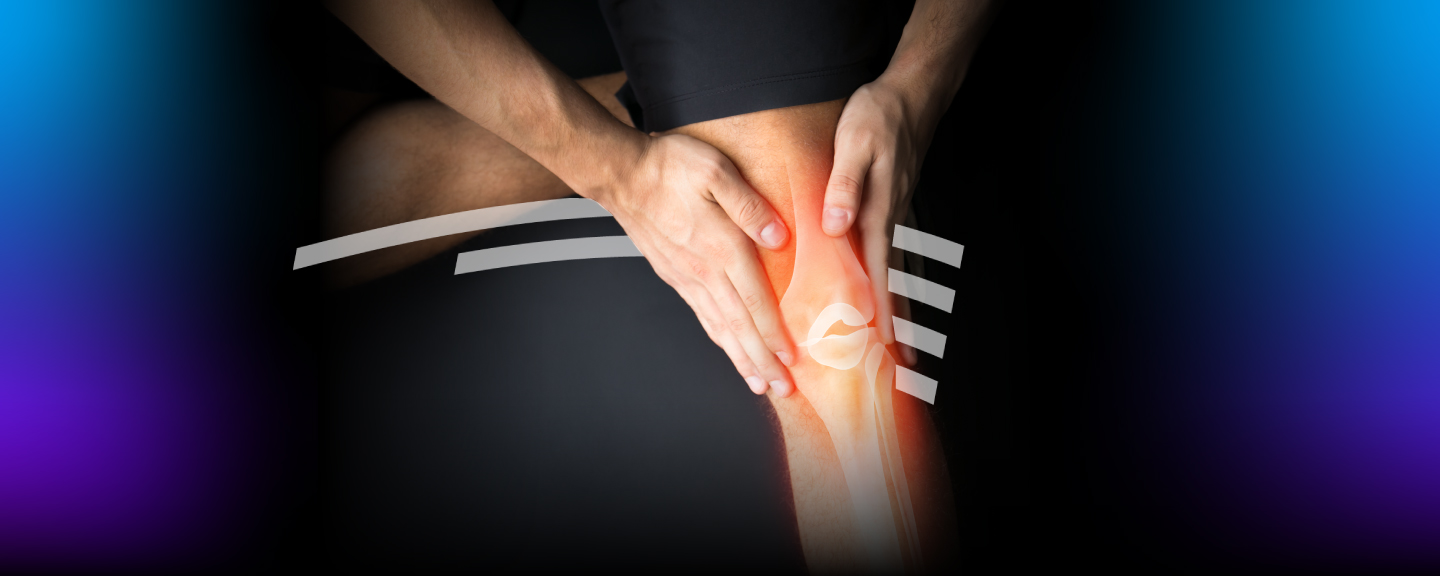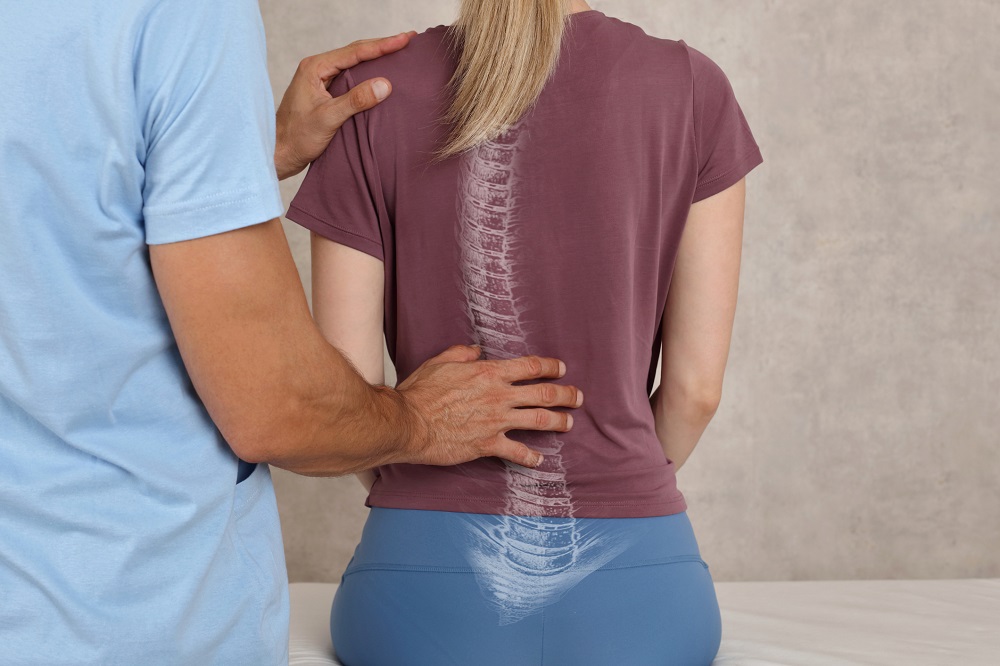If you've been dealing with shoulder pain that just won’t quit or keeps getting worse, you’re not...
Read More
Several million people in the United States are affected by scoliosis, a sideways curvature of the spine. Although severe cases can be painful and debilitating, effective treatments can help you manage your symptoms, increase mobility and improve your quality of life.
Scoliosis is a musculoskeletal condition characterized by an abnormal, sideways curvature of the spine. It can develop at any time but is most commonly diagnosed in adolescence. The spinal curvature can be mild or severe, affecting both the physical appearance and your overall health.
Common types of scoliosis include:
Scoliosis symptoms can vary from person to person, and identifying your symptoms is critical for effective treatment. Common signs of scoliosis include uneven shoulders or waist, one shoulder blade protruding more than the other, or an asymmetric appearance of the back. In some cases, scoliosis can cause discomfort, back pain , or breathing problems, especially when the curvature becomes more pronounced.
To diagnose scoliosis, Inspira’s orthopedic specialists conduct a comprehensive examination, including a physical assessment and a review of your symptoms and medical history. During this exam, your doctor will evaluate the curvature of your spine, determine its severity, pinpoint the location, and assess the potential effects on your overall health. They may also order an X-ray to diagnose your condition and help formulate an effective treatment plan.

Many treatment options are available for scoliosis, ranging from conservative approaches to surgical interventions. Your treatment depends on the severity of the curvature and your overall health. Scoliosis treatment options include:

In mild cases, especially in children and adolescents whose spines are still growing, observation and regular monitoring, including periodic check-ups and X-rays to track the progression of the condition, may be recommended.

Non-surgical treatments aim to stop the progression of scoliosis and manage its symptoms. Bracing, a common non-surgical approach, involves wearing a specially-designed brace to support the spine and prevent further curvature progression. Other treatments, like physical therapy and targeted exercises, can help improve posture, strengthen core muscles, and increase flexibility.

In more severe cases in which the curvature has significantly progressed or causes pain and functional limitations, surgical intervention may be necessary to correct the curvature, stabilize the spine, and prevent further progression.
At Inspira, we understand the effects scoliosis can have on your everyday life. Our experienced team of orthopedic specialists adopts a personalized approach to develop a comprehensive treatment plan tailored to your specific needs. With advanced treatments, cutting-edge technology and compassionate care, we are here to help you achieve optimal results, relieve your pain, and restore your mobility.
Approximately 3 percent of the population, or millions of people worldwide, are affected by scoliosis. Scoliosis can develop at any age, but it’s most commonly diagnosed during childhood or adolescence, when rapid growth occurs.
In some cases, non-surgical treatments like bracing and physical therapy may effectively manage scoliosis and prevent further progression. However, the severity of the curvature and individual circumstances may require surgical intervention.
Scoliosis can vary in severity, but it has the potential to affect your daily routine and overall quality of life. However, with appropriate treatment and management, many people with scoliosis lead active, fulfilling lives.

If you've been dealing with shoulder pain that just won’t quit or keeps getting worse, you’re not...
Read More
Neck pain is a common issue that can disrupt your daily life, but knowing when to manage it at home...
Read More
Shoulder pain can result from injuries, arthritis or other conditions, and determining the right...
Read More